Ever feel that magnetic pull to bring home another fluffy friend just days after rescuing your first cat? The excitement is real—after all, two cats mean double the love, double the purrs, and double the fun, right? But what if that second adoption comes a bit too fast? For many cat lovers, the dream of a multi-cat household can quickly turn into a whirlwind of hissing, hiding, and chaos if the timing isn’t quite right. If you’re wondering what really happens when you get a second cat too soon, prepare for some surprising truths, heartfelt insights, and a few hard-earned lessons every feline fanatic should know.
The Magic and Madness of Multi-Cat Homes

Adding a second cat to your home can seem like a wonderful idea—visions of two kitties snuggling, playing, and keeping each other company are hard to resist. However, the reality is often far messier. Cats are creatures of habit, and their initial reaction to a new feline roommate might not be as heartwarming as you imagine. Instead of instant friendship, you might see territorial posturing, loud yowling, or even flying fur. The transition from a peaceful one-cat home to a bustling two-cat household is almost always more complicated than it seems, especially if you rush the process.
Why Timing Matters More Than You Think

The moment you introduce a second cat before your first has settled in, you might unwittingly set the stage for stress. Cats need time to adjust to new environments, smells, and routines. If your first cat is still figuring out where the litter box is or what windowsill feels safest, throwing another cat into the mix can overwhelm both of them. Timing isn’t just about logistics—it’s about emotional safety for your pets. Rushing can lead to long-term behavioral issues, and sometimes, the relationship never quite recovers.
The Risk of Aggression and Territorial Behavior

When two cats meet for the first time, especially in unfamiliar territory, things can get tense. Expect hissing, growling, and maybe even swatting. Cats are naturally territorial, and your first cat sees your home as its domain. Bringing in a second cat too soon can trigger defensive instincts. This aggression isn’t just scary to witness—it can lead to injuries and leave both cats feeling anxious. They may start marking territory with urine or refuse to eat, both signs that their world has been upended too quickly.
Stress and Anxiety for Your First Cat

Imagine moving into a brand-new place and, before you’ve unpacked your bags, a stranger shows up to share your space. That’s how your first cat feels if you introduce a second cat too quickly. The stress can show up in all sorts of ways: hiding under furniture for days, refusing food, or even developing physical symptoms like tummy troubles. Some cats become withdrawn, while others act out with sudden aggression. Their sense of security crumbles, and it may take a long time before they feel safe again.
How Your Second Cat Feels: Lost and Confused

It’s easy to focus on your first cat, but don’t forget about the newcomer. Your second cat is dealing with a double whammy—a new environment and a resident cat who probably isn’t thrilled to see them. Without time to acclimate, your second cat might hide, refuse to eat, or even lash out. They can end up just as stressed as your first cat, and sometimes, the trauma of a rough introduction sticks with them for life. A rushed introduction can create a bond based on fear, not friendship.
Increased Risk of Health Issues

When cats are stressed, their immune systems struggle. That means they’re more likely to catch infections or experience flare-ups of chronic illnesses. Stress can also lead to over-grooming, hair loss, or digestive problems like vomiting and diarrhea. In severe cases, cats may stop eating altogether, putting them at risk for fatty liver disease—a serious condition. The health toll from a hasty second adoption can be both surprising and heartbreaking.
Common Behavioral Problems That Can Emerge

Behavioral problems are one of the most common consequences of introducing a second cat too soon. Litter box avoidance, destructive scratching, and night-time howling are just a few issues that might crop up. Some cats start bullying the newcomer, while others retreat and become shy or fearful. These behaviors aren’t just inconvenient—they’re a cry for help from cats who feel threatened and out of control.
The Myth of Instant Friendship

Many new cat owners hope their pets will become fast friends, but this is rarely the case. Cats are not pack animals like dogs, and they form social bonds at their own pace. Expecting immediate harmony is like expecting two strangers to become best friends overnight. More often, it takes weeks or even months for cats to accept each other. Rushing things can actually make it harder for them to ever get along.
The Importance of Scent and Space

For cats, scent is everything. When a new cat arrives, your first cat is bombarded with unfamiliar smells. This invasion can feel like a threat. Giving both cats their own spaces with separate litter boxes, food bowls, and sleeping areas is crucial. Without these boundaries, cats can feel cornered or overwhelmed, leading to more fighting and stress. Slow, scent-based introductions—like swapping bedding—are key to building trust.
Jealousy and Attention-Seeking Behaviors
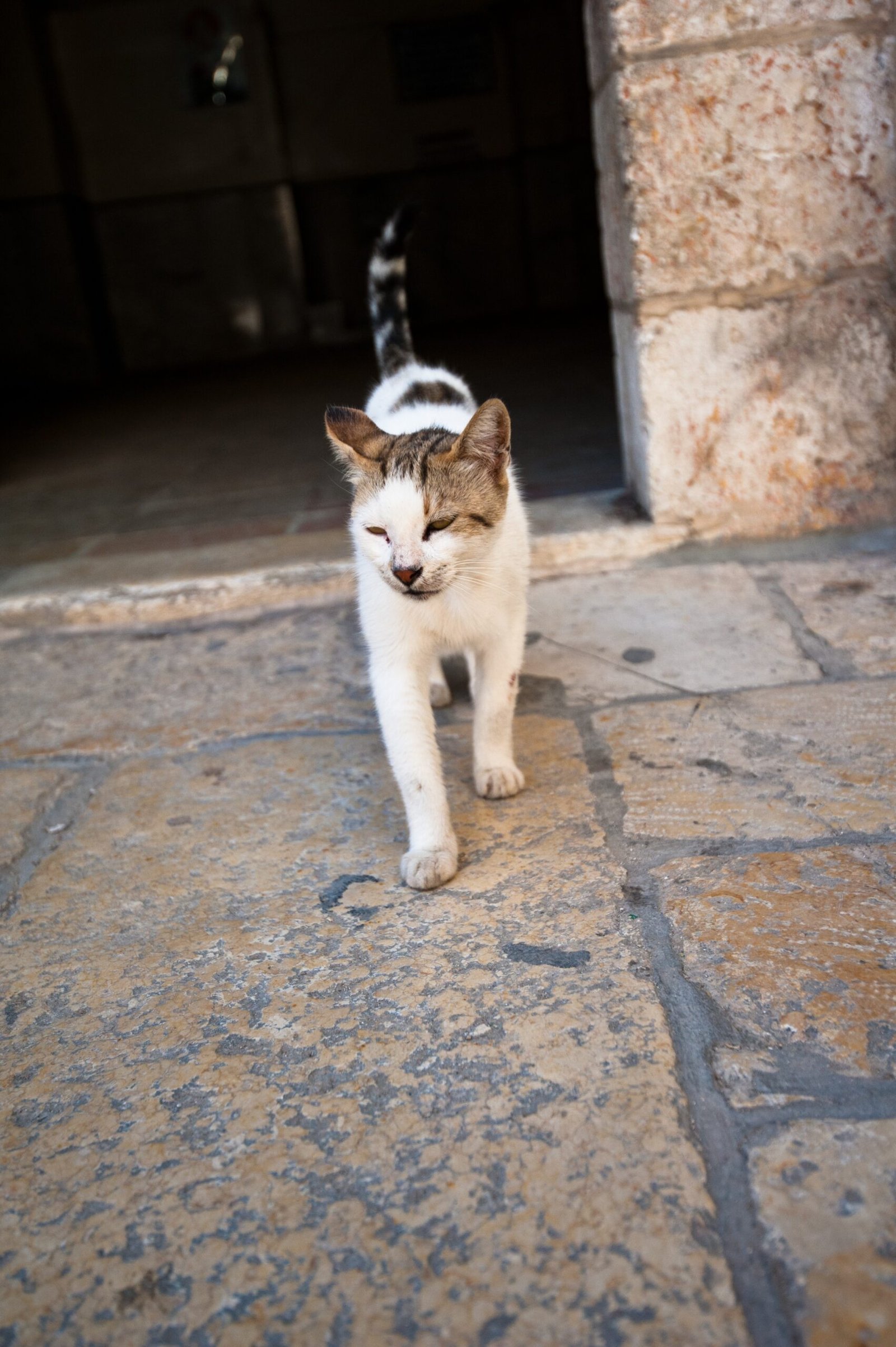
Your first cat may feel jealous or neglected when a new pet suddenly takes over the household. You might notice more clinginess, vocalizing, or even mischief, like knocking things off shelves to get your attention. Some cats become excessively needy, while others act out in frustration. Balancing your attention between both cats is essential to prevent rivalry and resentment.
Socialization Setbacks

If you bring home a second cat before your first has had time to adapt, both cats can suffer socially. The newcomer doesn’t get a chance to adjust to their new home gradually, and your resident cat isn’t ready to share. This can lead to stunted social growth, where both cats remain wary of each other or even of humans. Socialization is a delicate dance—rush it, and you risk both cats missing crucial steps.
The Impact on Your Own Wellbeing
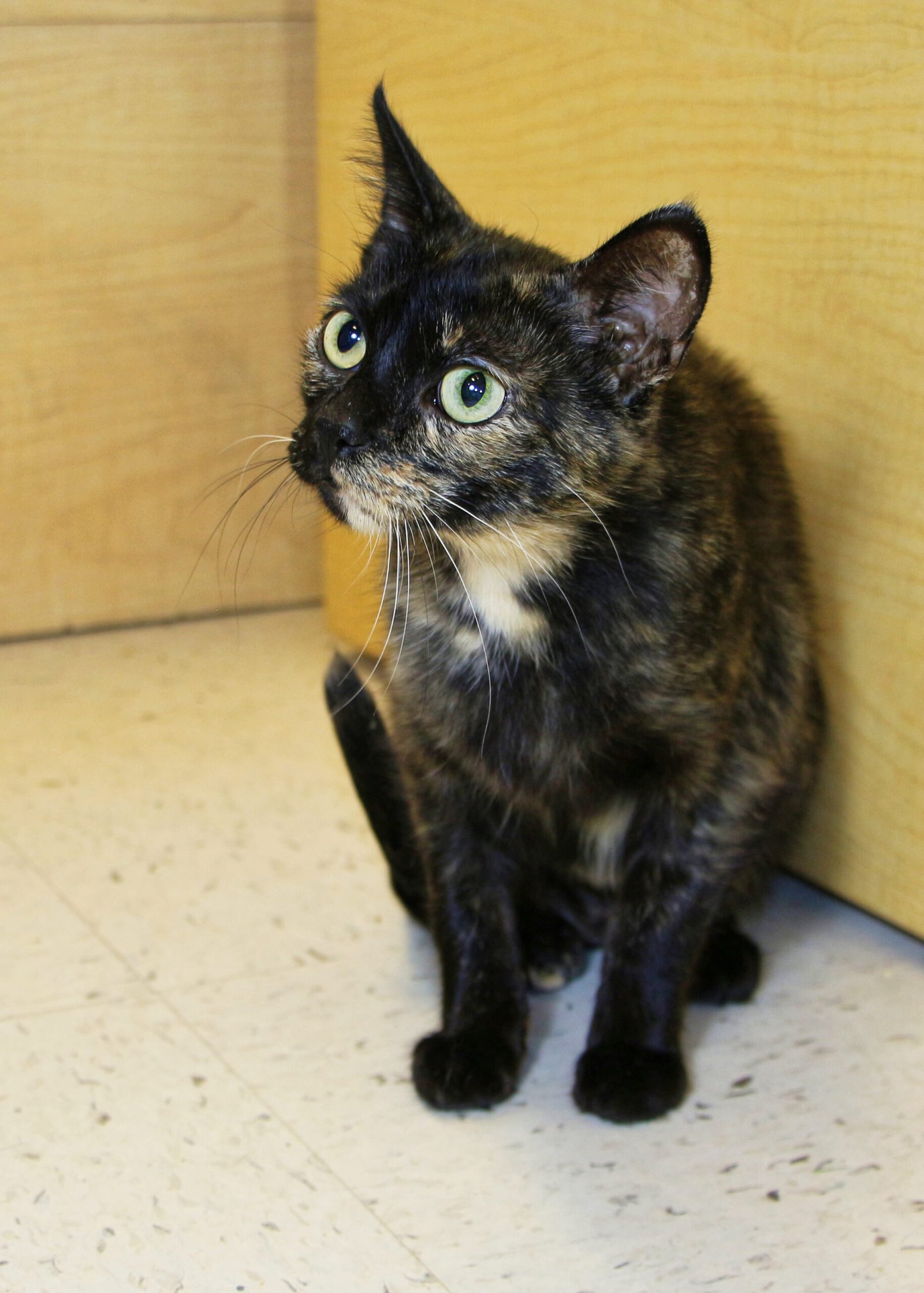
Dealing with two stressed or aggressive cats isn’t just hard on them—it’s hard on you, too. The constant tension, sleepless nights, and worry about their health can wear you down. You might feel guilty or frustrated, especially if your dream of a happy multi-cat home isn’t coming true. It’s important to recognize that your wellbeing matters, and the stress of a rushed introduction can take a real toll.
The Extra Burden on Your Wallet

Vet visits, extra supplies, and even professional help from animal behaviorists can add up quickly when things go wrong. Medical bills for stress-induced illnesses or injuries from fights can be surprisingly high. You may find yourself buying more toys, treats, or calming products in a desperate bid to restore peace. What seemed like a simple addition to your family can turn into a financial headache if the timing isn’t right.
Household Harmony at Risk

A peaceful household is every pet owner’s dream, but two cats introduced too soon can turn your home upside down. The tension spills over into every corner—from the kitchen to your bed. If the cats fight or avoid each other, you may have to separate them, rearrange furniture, or even keep them in different rooms. The stress can affect everyone in the house, including kids and other pets.
The Role of Age and Personality

Not all cats react the same way to a new companion. Younger cats may adapt faster, while older, set-in-their-ways felines might resist any change. Personality matters too—some cats are naturally social, while others prefer solitude. Ignoring these factors and rushing a second adoption can spell disaster. It’s crucial to consider the unique traits of both cats before making the leap.
The Power of Patience: What Works Better
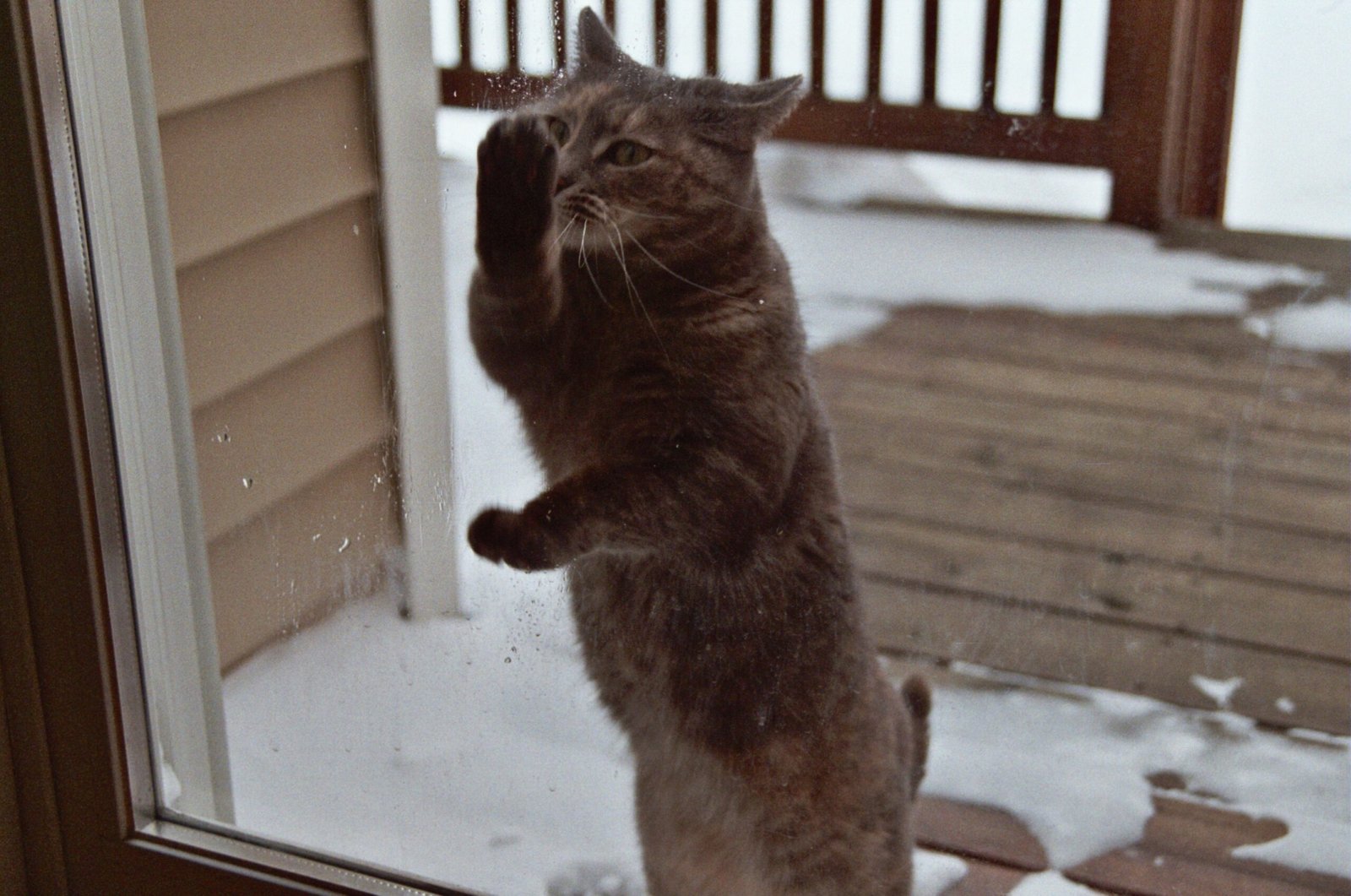
Patience is your secret weapon when building a multi-cat home. Waiting until your first cat feels secure and settled makes all the difference. Gradual introductions—where the cats meet through a door, then share scents, and eventually see each other—lead to much smoother outcomes. Taking it slow can feel excruciating when you’re excited, but it paves the way for real companionship.
Training and Positive Reinforcement

Introducing a second cat isn’t just about time—it’s about positive experiences. Using treats, toys, and praise during introductions helps both cats associate each other with good things. Training sessions, even simple ones like feeding the cats near each other (but separated), can reduce fear and build trust. Positive reinforcement turns potential rivals into curious friends.
When to Seek Professional Help

Sometimes, despite your best efforts, things just don’t click. If you notice persistent aggression, refusal to eat, or other signs of distress, it’s time to call in a professional. Animal behaviorists can offer tailored strategies to help your cats coexist. Don’t wait too long—a little expert advice can prevent deep-seated issues and restore peace to your home.
Stories from the Cat Community
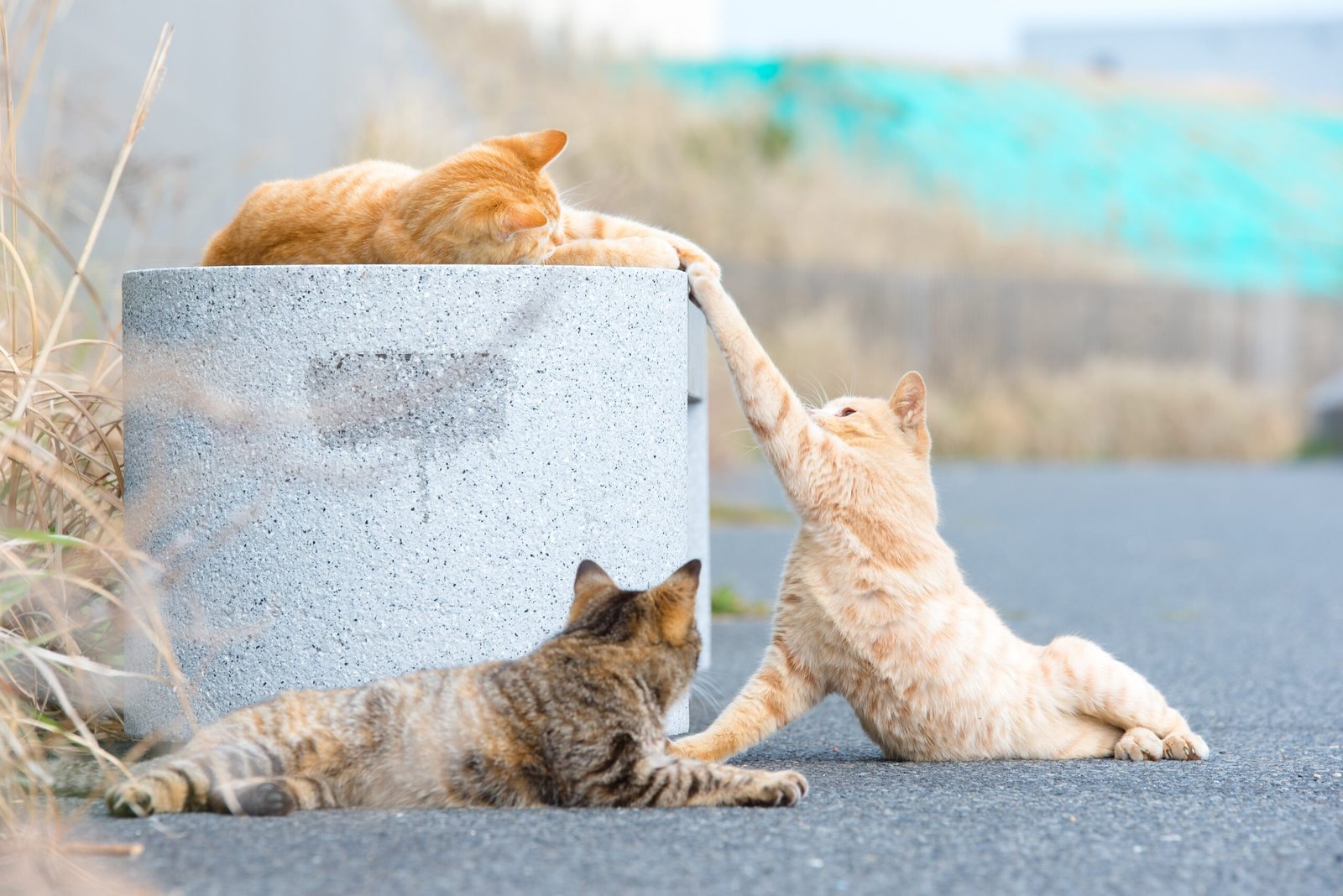
Many cat owners have faced the heartbreak of a rushed introduction. Some share tales of months-long stand-offs, while others found creative solutions—like building vertical spaces or using calming diffusers. The most successful stories all have one thing in common: patience and perseverance. Hearing from fellow cat lovers can offer comfort and inspiration when things feel tough.
Signs Your Cats Are Ready to Meet
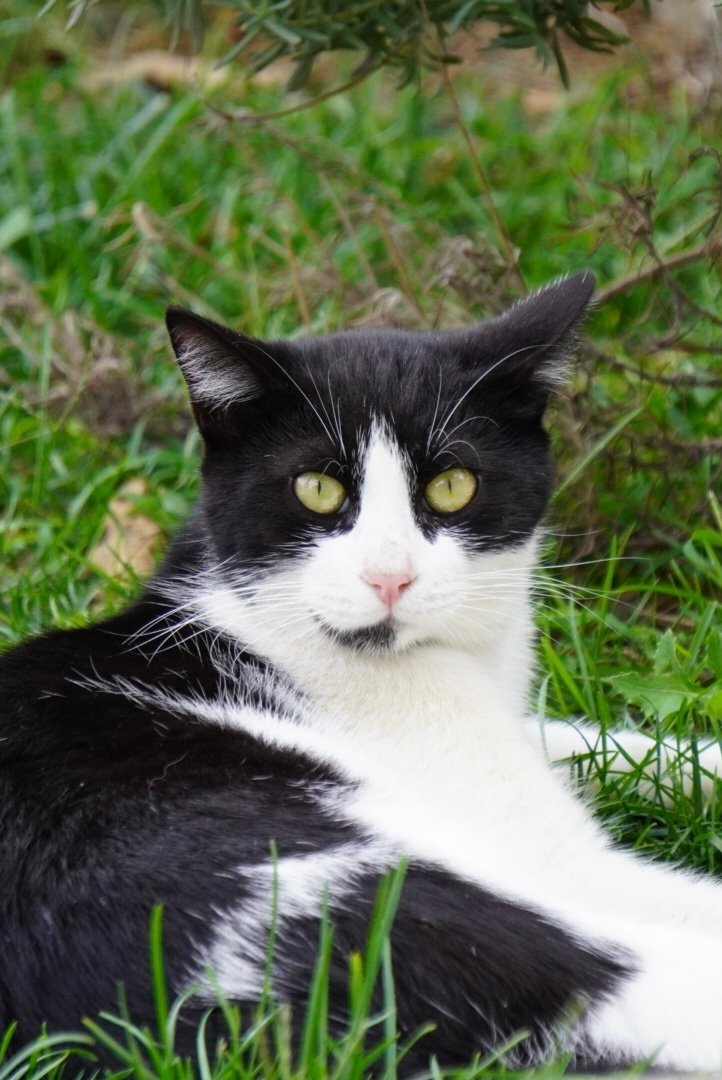
How do you know when it’s safe to introduce a second cat? Look for signs of confidence in your first cat—using the litter box consistently, exploring all areas of the home, and showing curiosity rather than fear. The newcomer should also be relaxed in their own space. When both cats are eating, playing, and resting comfortably, it’s a good sign they’re ready to meet, at least through a cracked door.
Moving Forward with Confidence

Adopting a second cat is a big step, one that deserves patience, planning, and a little bit of courage. Remember, every cat is different, and there’s no shame in taking things slow. The goal isn’t just to double the number of cats in your home—it’s to create a peaceful, loving environment where both can thrive. What would you do differently if you could go back in time?
Hi, I’m Bola, a passionate writer and creative strategist with a knack for crafting compelling content that educates, inspires, and connects. Over the years, I’ve honed my skills across various writing fields, including content creation, copywriting, online course development, and video scriptwriting.
When I’m not at my desk, you’ll find me exploring new ideas, reading books, or brainstorming creative ways to solve challenges. I believe that words have the power to transform, and I’m here to help you leverage that power for success.
Thanks for stopping by, Keep coming to this website to checkout new articles form me. You’d always love it!






